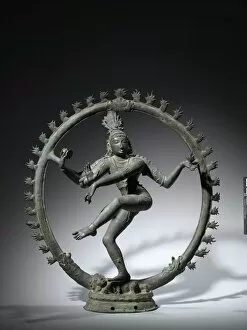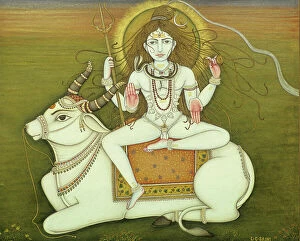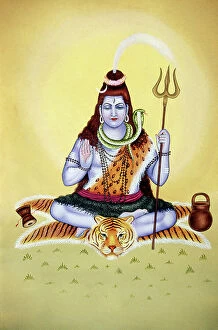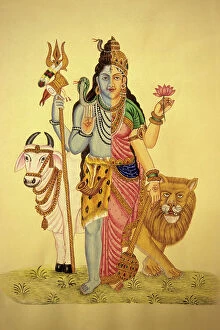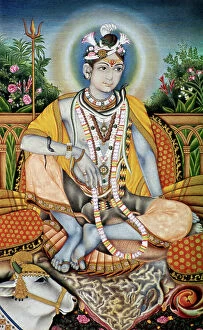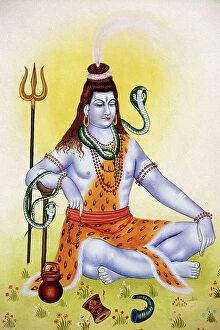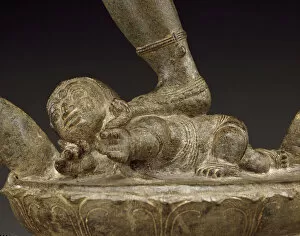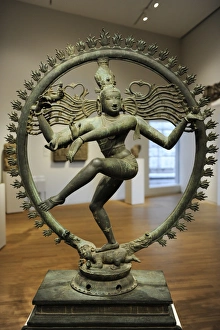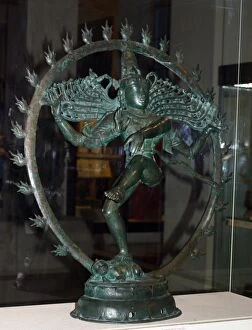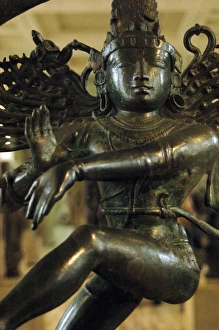Nataraja Collection
"Nataraja: The Divine Dance of Shiva, an Iconic Representation of Hinduism" The Nataraja, also known as Shiva Nataraja or the King of Dance
All Professionally Made to Order for Quick Shipping
"Nataraja: The Divine Dance of Shiva, an Iconic Representation of Hinduism" The Nataraja, also known as Shiva Nataraja or the King of Dance, is a mesmerizing depiction of Lord Shiva in his cosmic dance form. Created between the 10th and 12th centuries during the Chola Dynasty in South India's Tamil Nadu region, this bronze sculpture showcases the artistic brilliance and spiritual significance of ancient Indian civilization. With its intricate details and graceful posture, the Nataraja statue captures the essence of Shiva as he dances within a circle of flames. Each aspect holds symbolic meaning: his multiple arms represent divine power while his third eye symbolizes wisdom and enlightenment. As Lord of the Dance (Natesha), he gracefully balances on one leg, signifying liberation from earthly attachments. This timeless masterpiece can be found adorning various temples across India, including the famous Pagoda of Chidambaram. It serves as a focal point for devotees seeking spiritual awakening and inspiration through art. The rhythmic movements depicted in this sculpture remind us that life itself is a dance - an ever-changing flow where creation and destruction coexist harmoniously. The Nataraja embodies profound philosophical concepts such as duality and transcendence. Through his dance, Shiva destroys ignorance to pave way for new beginnings. This divine portrayal not only celebrates artistic excellence but also encapsulates Hindu beliefs about existence and spirituality. As we gaze upon this magnificent artwork created by unknown artisans centuries ago, we are reminded that it continues to resonate with people today. Its enduring beauty transcends time and cultural boundaries - inviting us to contemplate our place within the grand tapestry of life. Nataraja stands tall as a testament to human creativity intertwined with religious devotion. It represents more than just a deity.


